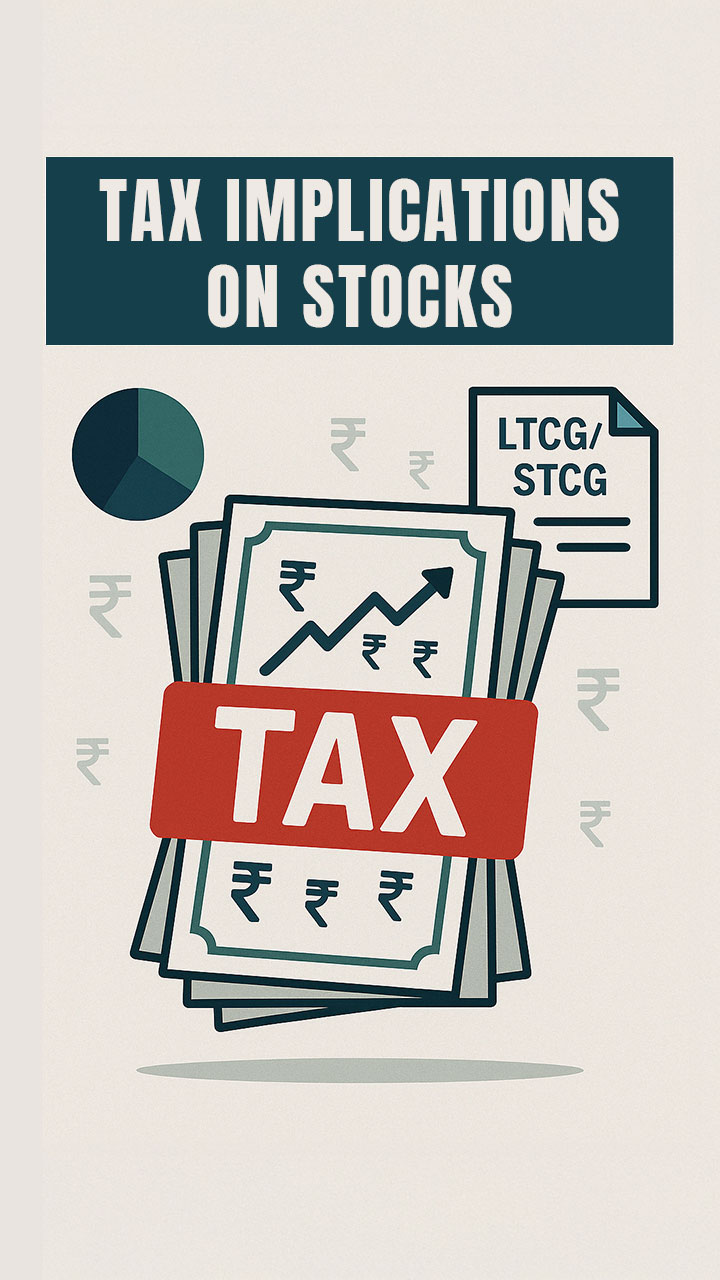Which Benchmarks Like Sensex and Nifty Should You Keep an Eye On?
The stock market might seem complex at first, but understanding indices could make things a bit simpler. In this video, we’ll talk about what indices are and how they track a group of company stocks.
We’ll begin with how indices work like scoreboards, giving you an overall sense of how a section of the market is performing. You’ll learn how Sensex and Nifty reflect movements in the Indian stock market. We’ll uncover how Sensex tracks 30 of the largest companies listed on the BSE, while Nifty follows 50 leading companies on the NSE.
We’ll also take a closer look at other indices like Nifty Bank and Nifty Next 50 under NSE, along with BSE 500 and BSE Bankex under BSE. We’ll explore how these indices might help you understand specific sectors and their behaviours within the larger market space. You’ll also discover that there are many more indices that might offer a more comprehensive view of the stock market.
By the end, you might get an idea of how indices could help you assess market conditions, compare returns, and refine your investment strategies.

Key Takeaways
Indices serve as performance indicators that reflect how a selected group of stocks is doing in the market
Sensex and Nifty 50 are among the the most closely tracked stock indices in India
Sensex represents 30 top-performing and highly traded companies listed on the Bombay Stock Exchange
Nifty includes 50 prominent companies from different sectors that are listed on the National Stock Exchange
Nifty Bank reflects how leading bank stocks on the NSE are performing
Nifty Next 50 covers the next set of large companies from Nifty 100, excluding those in Nifty 50
BSE 500 tracks a wider range of companies from multiple sectors listed on the BSE
BSE Bankex focuses on banking stocks that form a part of the broader BSE 500 index
Following different indices might offer insights into how various sectors or groups are moving over time
What to Watch Next
Bites
















































